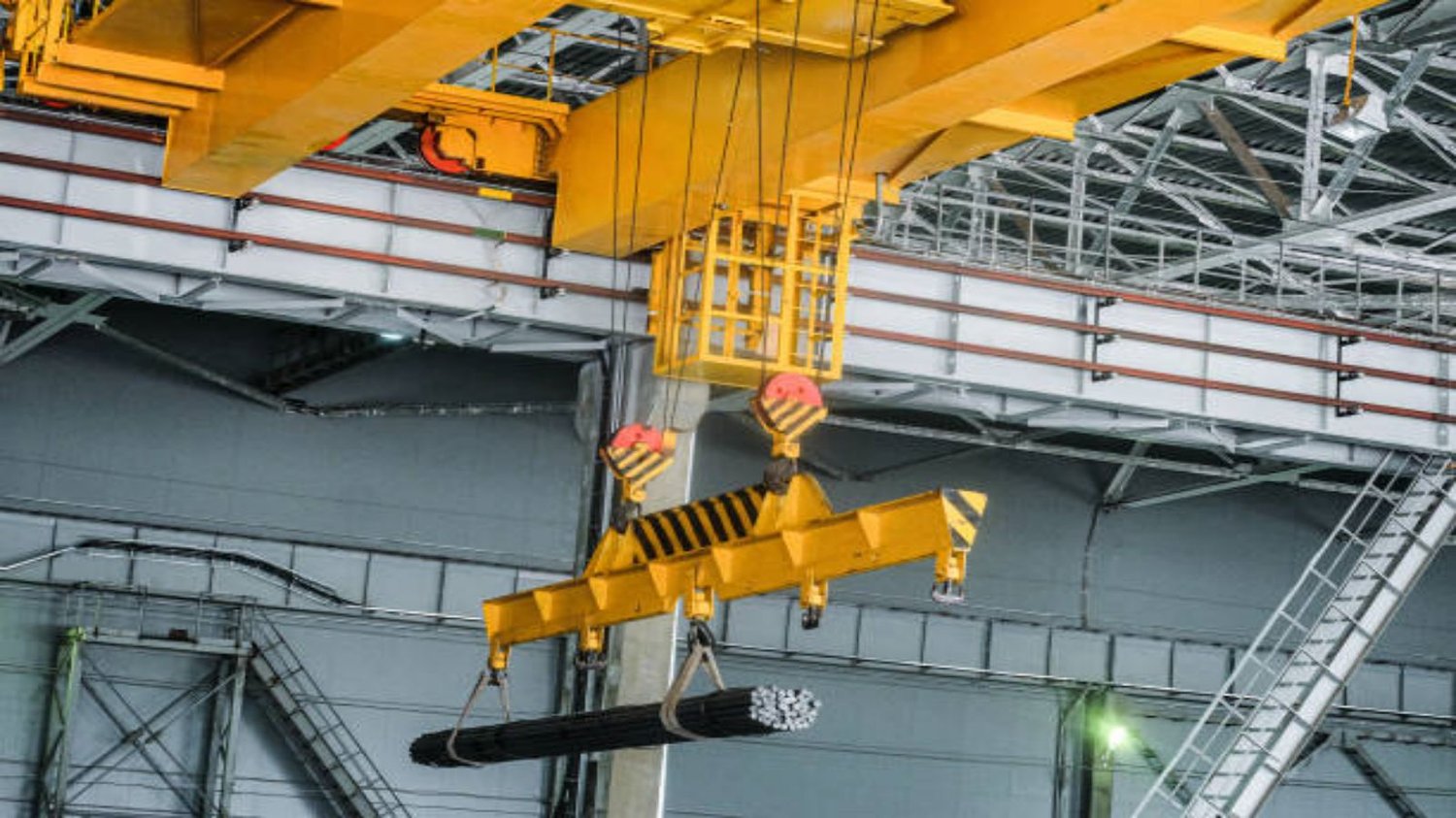Regular Inspection and Cleaning
Regular inspection and cleaning are essential to ensure the longevity of your vacuum lift bridge crane. Dust, debris, and other contaminants can accumulate on various parts of the crane, leading to potential damage or malfunction. By inspecting and cleaning the crane regularly, you can prevent such issues and maintain its optimal performance. Pay close attention to the vacuum system, lifting mechanism, and control panel during the inspection. Clean any visible dust or debris using appropriate tools and methods.
Proper Lubrication of Moving Parts
Lubrication plays a crucial role in the smooth operation of a vacuum lift bridge crane. The moving parts of the crane, such as hinges, pulleys, and bearings, need to be properly lubricated to reduce friction and wear. Use a high-quality lubricant recommended by the crane manufacturer. Regularly inspect the lubrication levels and apply lubricant as needed. Avoid over-lubrication as it can attract more dust and debris, leading to additional maintenance issues.
Checking and Adjusting Tension
Proper tension is crucial for the safe and efficient operation of a vacuum lift bridge crane. Over time, the tension in the crane's cables or chains may change due to usage or environmental factors. Regularly check the tension and make necessary adjustments to ensure it falls within the manufacturer's recommended range. Improper tension can lead to excessive stress on the crane's components, reducing its longevity and potentially causing accidents.
Inspecting Electrical Connections
The electrical connections of a vacuum lift bridge crane should be inspected regularly to ensure they are secure and free from corrosion. Loose or corroded connections can lead to electrical malfunctions and pose safety risks. Carefully examine the wiring, terminals, and connectors, and tighten or replace any components as necessary. Consider using dielectric grease on electrical connections to protect them from moisture and corrosion.
Replacing Worn or Damaged Parts
Worn or damaged parts should be promptly replaced to maintain the longevity of your vacuum lift bridge crane. Regularly inspect the crane for any signs of wear, such as frayed cables, cracked components, or worn-out wheels. These issues can compromise the crane's performance and increase the risk of accidents. Contact the crane manufacturer or a qualified technician to obtain the correct replacement parts and ensure proper installation.
Calibrating Load Capacity
It is crucial to calibrate the load capacity of your vacuum lift bridge crane regularly. Overloading the crane can lead to excessive stress on its components, potentially causing damage or even collapse. Follow the manufacturer's guidelines for load capacity and ensure that the crane is not being used beyond its specified limits. If you require a higher load capacity, consider upgrading to a crane that can handle the required weight safely.
Training and Safety Measures
Proper training and adherence to safety measures are essential for the longevity of your vacuum lift bridge crane. Ensure that all operators are trained in the safe operation of the crane and follow the recommended procedures. Regularly conduct safety inspections and provide necessary personal protective equipment to the operators. Encourage reporting of any safety concerns or incidents to address them promptly and prevent future accidents.
Protecting Against Environmental Factors
Environmental factors, such as extreme temperatures, moisture, and corrosive substances, can impact the longevity of a vacuum lift bridge crane. Take measures to protect the crane from these factors. Install appropriate insulation or heating systems to regulate temperature fluctuations. Implement proper ventilation to minimize moisture buildup. If the crane is exposed to corrosive substances, apply protective coatings or use corrosion-resistant materials for its components.
Regularly Testing Safety Features
The safety features of a vacuum lift bridge crane should be regularly tested to ensure they are functioning correctly. These features may include emergency stop buttons, limit switches, overload indicators, and fail-safe mechanisms. Follow the manufacturer's instructions for testing these features and document the results. If any issues are identified during testing, contact a qualified technician to address them promptly and prevent potential accidents.
Keeping Maintenance Records
Keeping detailed maintenance records is essential for the longevity of your vacuum lift bridge crane. Record all inspections, repairs, and maintenance activities performed on the crane. This information can help in identifying patterns, tracking the crane's performance, and planning future maintenance tasks. Additionally, maintenance records are valuable in demonstrating compliance with safety regulations and can be useful for insurance purposes.

